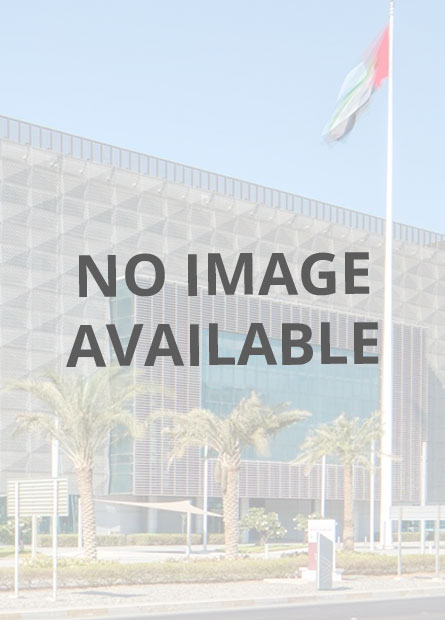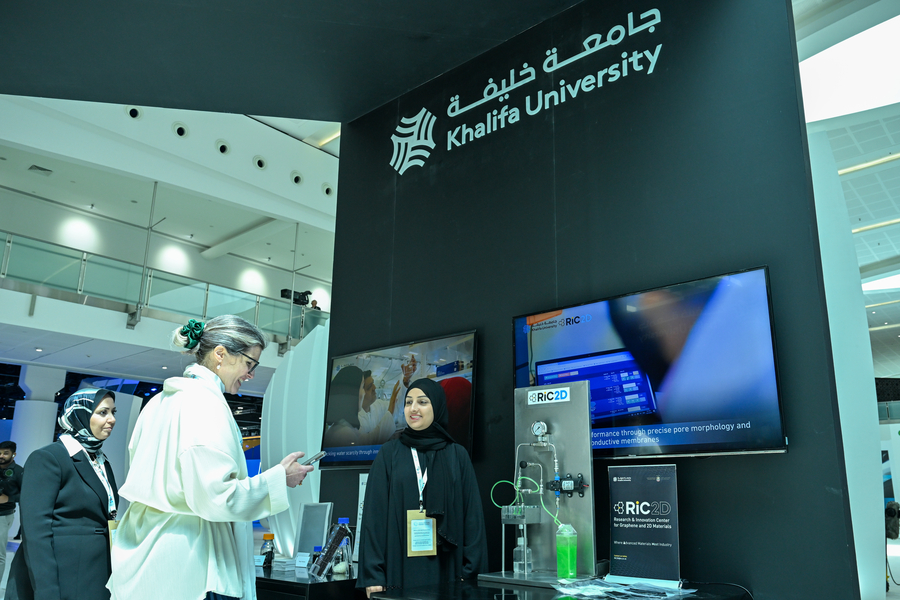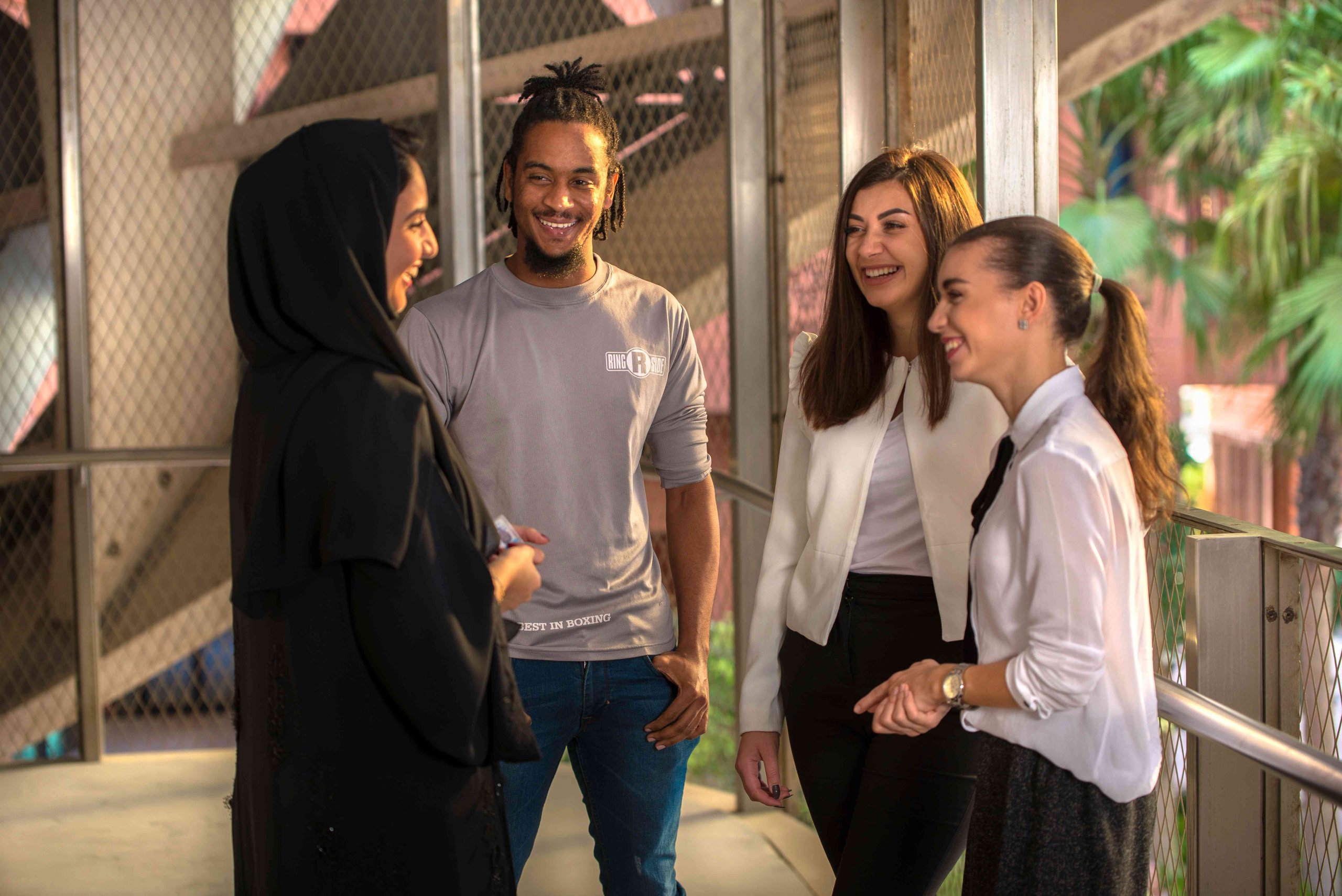Launched by University of Pennsylvania, MyHeartMap Challenge Aims to Integrate Social Media with Emergency Health Preparedness
Abu Dhabi-UAE: 1 February, 2012 – Masdar Institute of Science and Technology, an independent, research-driven graduate-level university focused on advanced energy and sustainable technologies, today announced two of its faculty members are part of the group of international crowd-sourcing experts, teaming up to win the MyHeartMap Challenge that has been recently launched by the University of Pennsylvania in the US.
The MyHeartMap Challenge invites the public to participate by downloading a phone app that allows users to submit geo-tagged pictures of automated external defibrillators (AEDs) they see around Philadelphia, to create an effective location database of AEDs.
Masdar Institute’s computer scientists Dr. Iyad Rahwan and Sohan D’Souza and University of Southampton computational game theorists James McInerney, Dr. Victor Naroditskiy and Prof. Nick Jennings, will join the Massachusetts Institute of Technology Professor Sandy Pentland and University of California, San Diego (UCSD) Research Scientist Dr. Manuel Cebrian, to solve the MyHeartMap Challenge.
Professor Pentland and Dr. Cebrian were part of the team that won the US$40,000 prize at the Defense Advanced Research Projects Agency (DARPA) Network’s Red Balloon Challenge in 2009.
The scientists’ team has invited social networkers to get in on the MyHeartMap Challenge that aims to integrate social media with emergency health preparedness.
It is estimated that some 300,000 people die in the US every year from sudden out-of-hospital cardiac arrests, some of which could be prevented through the timely use of a defibrillator. The University of Pennsylvania explains that the inability to locate AEDs in such emergency situations greatly reduces their intended life-saving impact.
The challenge will award US$10,000 to the team that finds and photographs the most AEDs in Philadelphia County in four weeks while the team or individual that finds the most confirmed eligible AEDs by the contest end date will receive the grand prize of US$10,000. The competition also has flagged a number of ‘Golden AEDs’ – which have a US$50 bonus for the first team or individual who photographs and submits the Golden AED to the contest.
Dr. Rahwan said: “Our team will use crowdsourcing to encourage people to report the location of AEDs, to verify other reports, and to recruit new participants. If we win, the money will be split among the participants who helped find defibrillators and the participants who recruited them.
“Crowdsourcing provides an unprecedented ability to accomplish information-gathering tasks that require the involvement of a large number of people, often at geographically spread out locations. The success of a task relies on the ability to identify trustworthy information reports, while false reports are bound to appear either due to honest mistakes or sabotage attempts. This information verification problem is a difficult task, which, just like the information gathering task, requires the involvement of a large number of people. Our team develops methods for solving this problem through crowdsourcing: we crowdsource not just gathering, but also verification of information.”
Dr. Rahwan recently co-authored a paper with the DARPA Network Challenge winners on their use of social networks to mobilize people to contribute to their team’s efforts. The paper was recently published in the prestigious Science journal.
Dr.Naroditskiy said: “When your goal is to find as many AEDs within as large an area as possible, it would seem obvious that the best way to do that is to involve as many people in the search as possible. That’s what our team is trying to achieve through our expertise in social networking, mobilization and technology.”
The team will use the challenge to test some of their theoretical research on social network mobilization and incentivization as well as verification, which adds a new layer of complexity not yet seen in crowdsourcing challenges.
Dr. Cebrian said: “To most people social networks are just a way to talk to their friends or share videos. But to scientists like us, they represent a unique way to form large teams of people to work in a coordinated way to achieve difficult tasks. If we can harness that power of social networks, then we can enlist countless numbers of helpful volunteers to canvass Philadelphia and seek out and verify the AEDs that are currently not geo-tagged or on any map. This information can later prove to be lifesaving for someone going through sudden cardiac arrest.”
The team will be shortly launching its own website to attract team recruits to help identify as many AEDs as possible. Those interested in participating in the team’s efforts can visit http://scailab.media.mit.edu/heartcrowd
The MyHeartMap Challenge was launched on 31 January and will run through 13 March.






